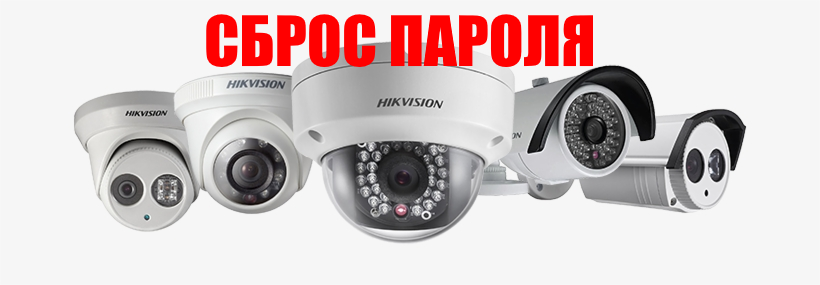alastairstevenson
Staff member
That version of firmware has the backdoor fixed that allowed unauthenticated access to the configuration of the camera, so this method no longer works for it.
Thanks, and what about this NVR :That version of firmware has the backdoor fixed that allowed unauthenticated access to the configuration of the camera, so this method no longer works for it.
Hello, everyone! I'm trying to recover the admin password of one very old NVR. Here's some background:
Around 2017 a company that no longer exists installed a CCTV system on a site of ours. The system consists of a NVR and a couple of analogue cameras. The NVR is WTR-2008-HDT, branded by a Czech company (Wonderex), but it seems like it's just a branded HikVision. I have no manual for the specific NVR.
I have an user access to the NVR and it seems to run the following software versions:
Firmware Version: V3.3.2 build 160427
Web Version: V4.0.1 build 150925
The NVR is succesfully found with SADP, but I'm unable to change the password with a code as all the SADP builds I tried expect a XML file and not an unlock code.
Any ideas?

perform device firmware using the tftp methodThanks.
This tool apparently relies on the auth=YWRtaW46MTEK key, but there's nothing at http://camera_ip/System/configurationFile?auth=YWRtaW46MTEK:
Access Error: 404 -- Not Found
Hey,Finally after the 'trojan horse' trick to extract the NVR password from the camera. I finally got it to work. Lucky that I got atleast one camera that hasnt got a update. to a newer version of the firmware
Due to a security vulnerability, many cameras with firmware version 5.4.0 or earlier will export their configuration file via the web GUI without requiring credentials.what is the trojan horse method?
Hey Alastairstevenson,Due to a security vulnerability, many cameras with firmware version 5.4.0 or earlier will export their configuration file via the web GUI without requiring credentials.
That file is encrypted and XOR encoded, but is readily decrypted and decoded to reveal the admin password in plain text.
OK, so what's that got to do with the NVR lost admin password?
Historically, NVRs with the PoE ports set in the default Plug&Play mode will 'activate' an 'inactive' camera that gets connected to a PoE port by using the NVR admin password. So the camera admin password is now the same as that of the NVR.
Newer NVR firmware (after Hikvision read about this neat trick here on ipcamtalk) now has an option for a separate, camera-specific password for activation under Plug&Play.
So, in summary :
Take a camera with firmware of 5.4.0 or earlier and reset it to default settings so it's 'inactive'.
Connect it to an NVR PoE port so the NVR 'activates' it.
Pull the camera configuration file using the specific URL that does not require authentication.
Decrypt and decode the configuration file to reveal the camera admin password, which is usually also the NVR admin password.
Oh, that is interesting, we bought the house a year ago and only just connected everything, it had been sitting there left by the previous tenantsThe password for admin for both the Room Two South camera and NorthEast Side camera is
asdf1234
Interestingly, this is a password that used to be used when cameras exposed to the internet were hacked and their password changed.
yeah, i had it directly connected to the poe port on the backIs the PC that SADP is running on connected to an unused NVR PoE port, assuming the camera is also connected to an NVR PoE port?
Yes, that's pretty normal in the plaintext version of the configuration files.in the original file I uploaded, there are two admin and passwords.
Hey,There is something I just remembered that I should have realised earlier - I should have asked what version of firmware SADP is showing for the cameras.
Firmware older than 5.3.0 does not have the inactive/active status after having been reset to default values. It just has the old fixed password of 12345 or 123456789abc as the default.
When a camera is first connected to an NVR PoE port in Plug&Play mode - it first tries these old default passwords.
And if one works - there is no need to move on to 'activating' the camera with the NVR password, so the 'trojan horse' method does not happen.
If the camera firmware is older than 5.3.0 then it needs to be updated to at least that so that a reset to defaults sets it to 'inactive' and the NVR handles it accordingly.
Provided these are not Chinese region cameras (what are the serial numbers, to they contain CH?), a web GUI firmware update to 5.3.0 should work OK.
Note that firmware should be applied in increments.
R0 series firmware can be found here :
R0 series DS-2CD2x32x-Ixx IP camera firmware - Updates
www.ipcamtalk.com
Well done for getting there!On the login screen on the NVR itself you can click in the lower left hand corner to get a code, it is a long number, completely different to the one in sadp. With it we managed to generate a password that let me in (using the cctv superpassword app).
